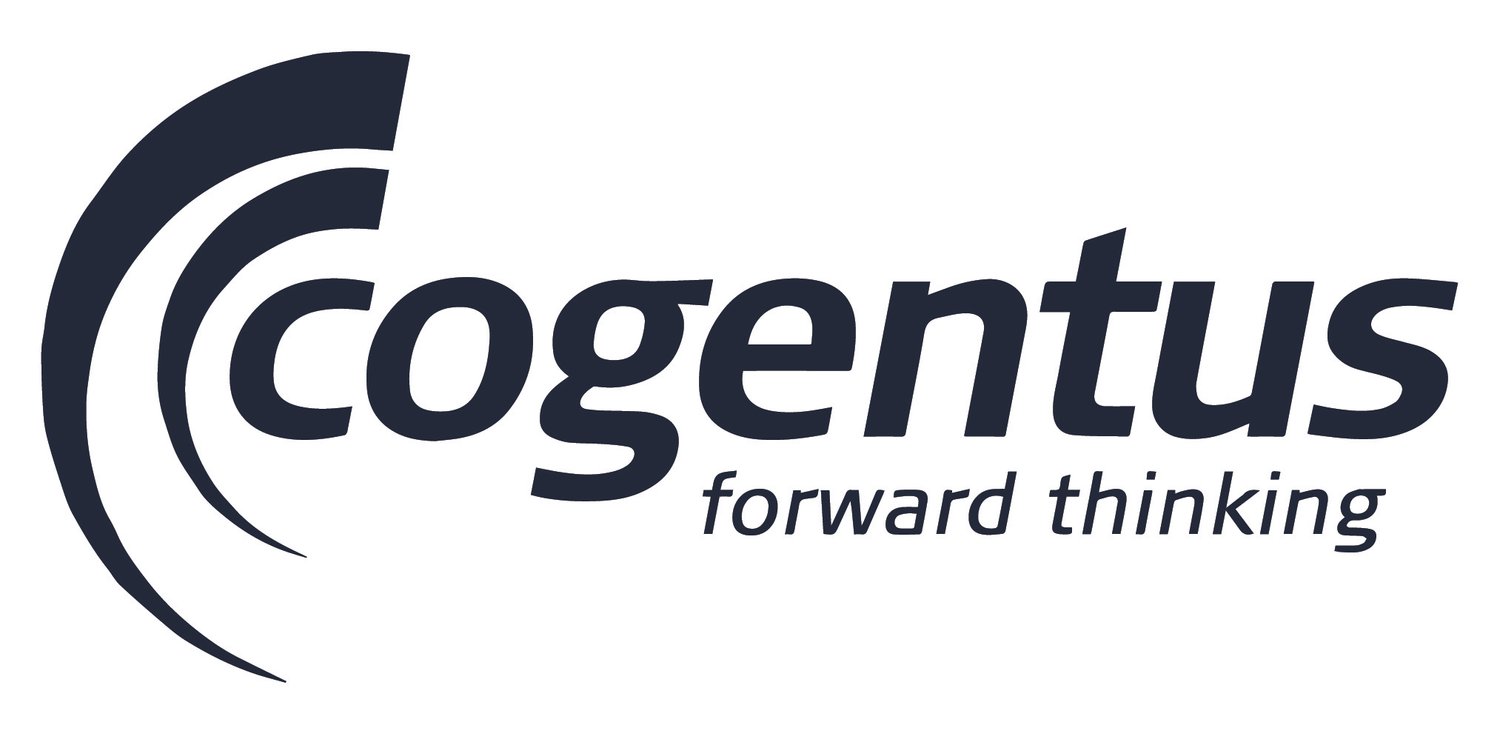This is the third, and final, blog in the series on robots being used to support the coronavirus crisis. Part 1 covered clinical and logistics. Part 2 covered public safety, continuity of work and public outreach. This one is slightly different in that it considers robotic technology that, based on the lessons learnt so far in this crisis, might have great potential in the future.
When the crisis is over there will be a lot of soul searching as to why we weren’t better prepared. That will be the case in ALL countries as even a cursory glance at national newspapers across Europe and the world tell the same story - governments didn’t act fast enough, there was insufficient PPE and ventilators the economic shock was immediate and catastrophic. The cause is quite easy to define; neoliberalism. The solutions are reasonably straightforward but fraught with challenges to implement due to conflicting interests.
Since the 1980s, the race to make everything “efficient”, the focus on the individual rather than the state and the reduction in government support (austerity) has meant our resilience to a major shock has been massively degraded. Plenty of studies and reviews anticipated a pandemic event but the recommendations were ignored due to Ideology and Groupthink in governments and the civil servants around the world. Resilience will now need to be rebuilt and this might lead to profound changes in government and society. Lots of things will need to change but it could be a turning points for a much more positive outlook for the future.
I won’t speak for all the political, social, economic and regulatory changes that will be required but I will look at three technological developments that, if robustly developed, could be game changers for the future. They are all things that are being worked on right now but with the right funding, government support, supply chain engagement and collaboration within the relevant technical communities they have huge potential for wide scale adoption in multiple industries. Organisations that are working in these areas will have significant greater flexibility and resilience to cope with future shocks.
Teleoperation
The Covid-19 crisis has seen a huge uptake in video conferencing as evidenced by the numbers of people now working from home. Zoom, Google Meet, Microsoft Teams have all seen their systems used more than ever - possibly changing many businesses understanding of what is and isn’t possible for homeworkers in the future. Telepresence robots - robots that can move around for video conferencing - have seen a lot of use in hospitals and care homes. They can link clinicians with patients and families with elderly relatives. They are proving to be extremely successful. Teleoperation, however, allows experts that are somewhere else to actively intervene in an activity. This applies in almost all industries where a human operator would be involved and there is a mismatch between where the expert is located and where the operator needs to be to do the work. Medical, aerospace, space, nuclear, oil & gas and many other industries all have this issue.
Robofacturing
Traditional factories haven’t changed much since Henry Ford designed his first moving assembly line in 1913, and revolutionised the manufacturing processes of his Model T. It has become much more automated and industrial robots now replace many of the human operators but it is still a static-type assembly line. Another way of looking at it is to move the robots around the parts rather than the parts moving around the robots. This would give significantly more flexibility for manufacturers in that it would enable them to make completely different products using the same robots.
Swarm Robotics
Individual robots are highly capable machines and can have many impressive capabilities. But they will be relatively expensive and limited in their coverage. This is where swarms of robots have the advantage. The concept is similar to ants where individually they are small insignificant insects but together they can do incredible things - build bridges to ford rivers (using themselves for the structure!) or act as a superorganism to know what is happening on the periphery of a colony for instance). So the development of robotic devices that can act as a superorganism has huge potential in all industries. Swarms are at a lower TRL than the previous two examples but - other than funding - there doesn’t seem to be reason why the timescales to deployment should be overly long. Rolls Royce, for instance, are well on their way with some great work in their SWARM project. The agriculture industry is also doing a lot of work in this field.
Summary
These are just three areas worth considering. There are plenty other technologies, of course, but I think these are three of the most promising; they have a need across multiple industries and there is a clear, realistic pathway to success. Teleoperation and Swarm Robotics also have the potential to coexist and work together to carry out a great many labour intensive and / or expert driven activities.
If you’re looking for other technology examples in these fields just use the subheadings above and search in the Robot Catalog. There you will find a huge range of what is going on in different industries and in different countries around the world.




